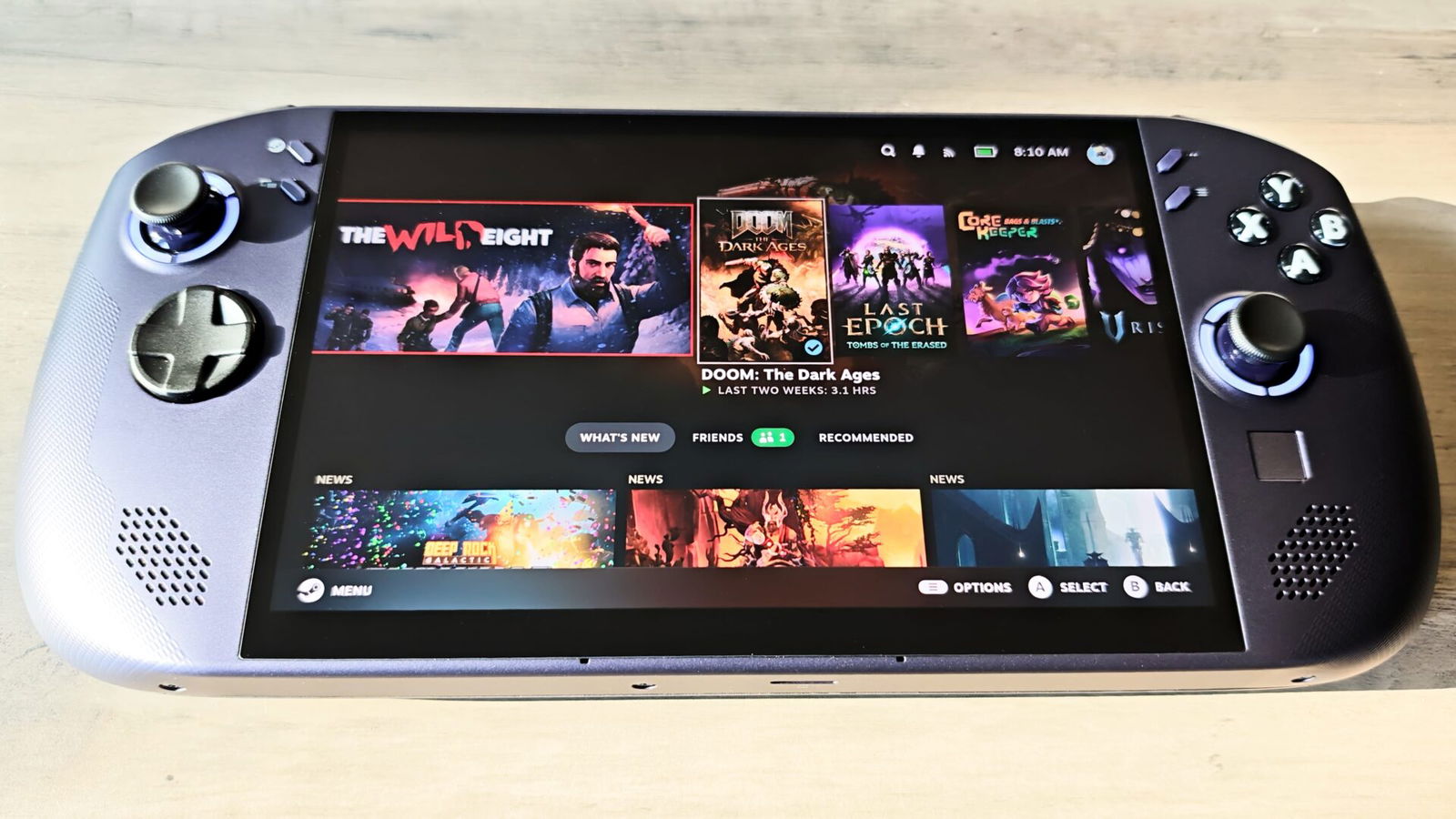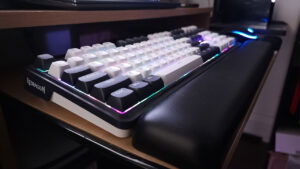The Lenovo Legion Go S SteamOS is, as the name suggests, the SteamOS version of Lenovo’s Legion Go S, the successor to the original Legion Go. This SteamOS variation carries the same AMD Ryzen Z2 Go, 16GB LPDDR5 RAM, 512 M.2 2243 SSD and an 80-inch WUXGA display. The form factor also follows suit, leaving the only real distinction between the two iterations of the Go S being the operating system. This begs the question, “Does an operating system make a difference?”. Grab a coffee, and let’s find out.
As noted in my original review of the Legion Go S, the Go S offers a much more comfortable and traditional look and feel for a handheld PC, in line with the ROG Ally X, due to the updates to form factor and design from the original Legion Go. The beautiful 8-inch display provides a wonderful viewing experience, allowing for easy reading of text and smaller UI elements found in some titles.

The controls, like their Windows 11 counterpart, are comfortable to use and provide feedback similar to a modern Xbox controller. The Hall effect joysticks also mean that stick drift shouldn’t be an issue, a must for a system with dedicated joysticks. The inclusion of both the thumb mouse pad, located below the right analog stick, and two additional programmable buttons on the underside of the Legion Go S is a welcome element that provides additional function and ease of use for gamers. As with its counterpart, the Legion Go S SteamOS is a well-constructed and well-thought-out handheld PC.
“The Legion Go S SteamOS variant, however, addresses many of my concerns with Windows-based handheld PCs.”
My issue with the original Legion Go S was that, other than form factor, there simply wasn’t enough to separate it from its predecessor. Windows 11 is clunky on a handheld, even at the best of times, and as with the Legion Go, there was an inconsistency in game performance due to driver support issues. While Lenovo’s built-in overlay did help to some degree with game management, running titles from various sources was always a struggle.
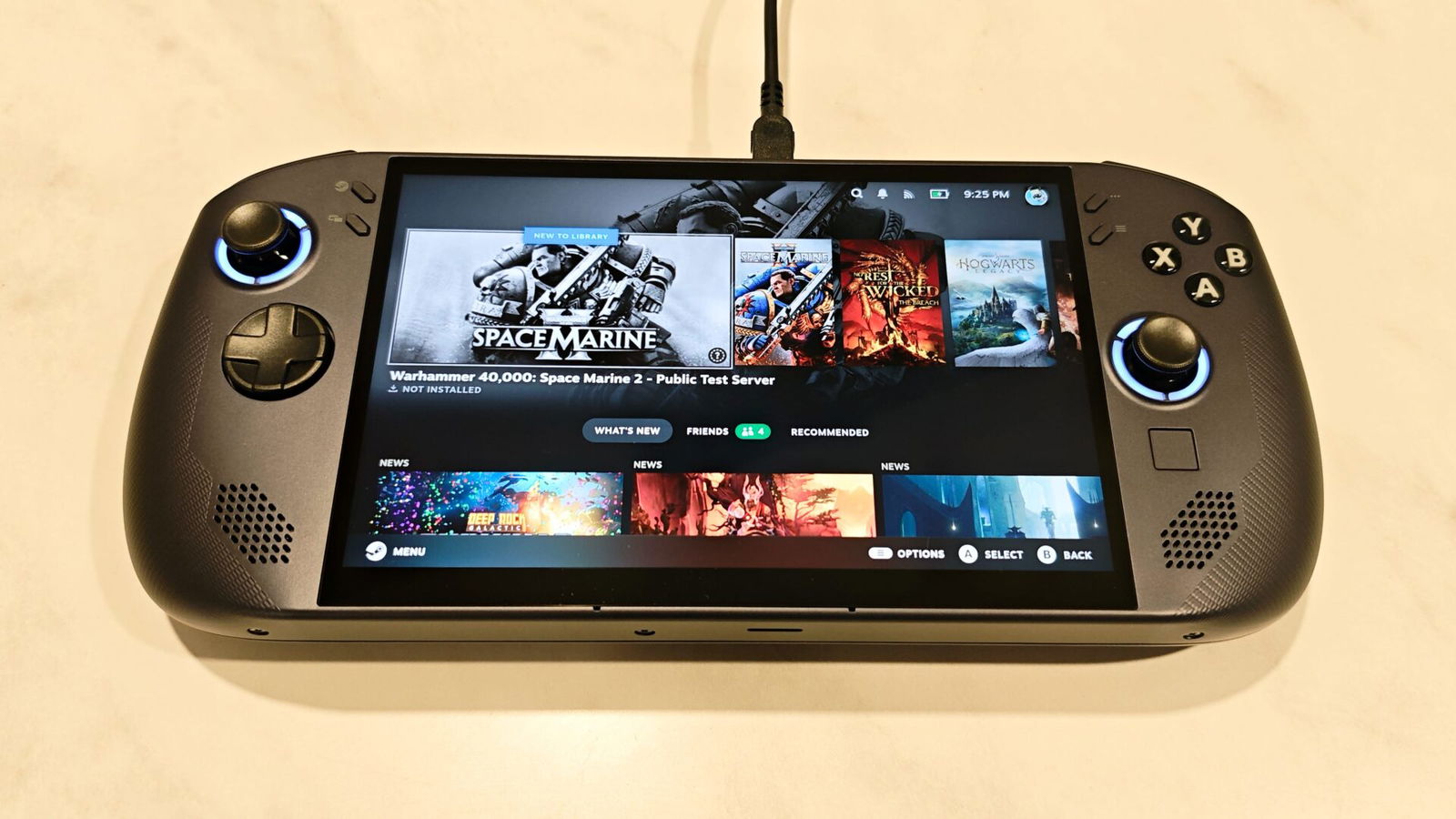
The Legion Go S SteamOS variant, however, addresses many of my concerns with Windows-based handheld PCs. While there are some limitations to operating with a dedicated OS, namely that you are confined to playing games from one specific platform, the trade-off helps elevate the Legion Go S. This demonstrates itself in a few fundamental ways.
The SteamOS, for starters, is a refined OS ecosystem dedicated to running Steam games. It provides a streamlined and seamless gaming experience that is managed from a clean and easy-to-use interface. While most handheld PCs have attempted to replicate this with their custom UI over top of Windows 11, SteamOS is built from the ground up, not as an overlay, but a dedicated OS experience. As such, every title that is OS-compatible is tested and verified to run properly.
While there are several advantages to this, namely simplicity of usage, one of the biggest advantages is that I’ve not had to spend a lot of time adjusting settings on both the Lenovo Legion Go S and the titles I’ve been testing with. Simply download the title and run it. Except DOOM: The Dark Ages, which at the time of testing had only been out a few weeks and was not optimized for SteamOS, every title has run without issue or need for settings. Even in the case of DOOM: The Dark Ages, after some settings adjustments, it ran at a fairly smooth 30FPS, which, for a non-optimized title, is impressive.
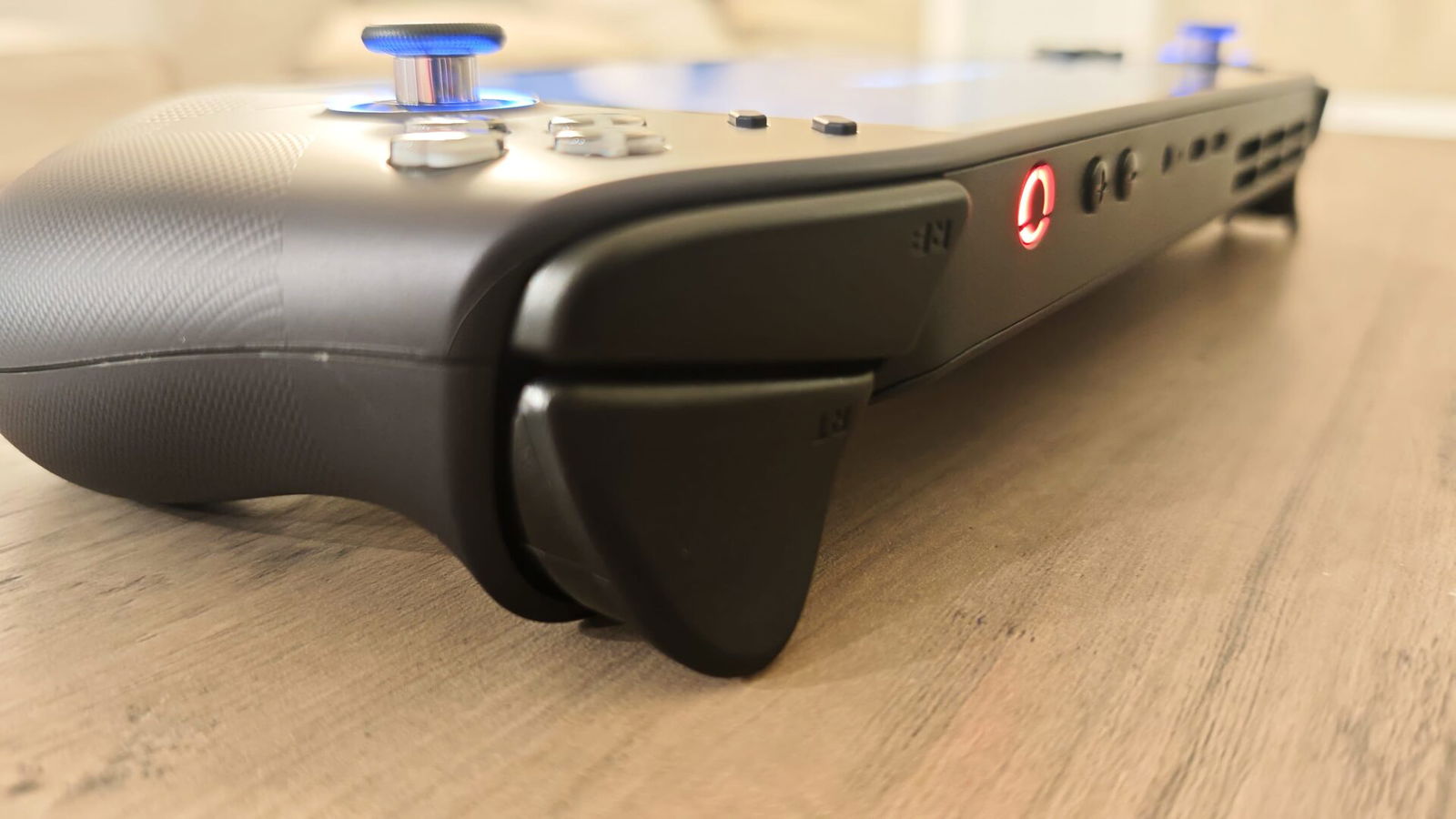
In general, I noted a performance boost in most games over its Windows 11 counterpart, with far less crashing and a general overall smoothness to loading titles. Battery life, likewise, though completely dependent on the title, seems to run longer than the Windows 11 version. While a welcome treat, battery life still lasts only about 2.5 to 5 hours, depending on the title and the handheld’s settings.
“The OS is also laid out incredibly well on the Lenovo Go S SteamOS, with easy-to-navigate menus and intuitive controls.”
The OS is also laid out incredibly well on the Lenovo Go S SteamOS, with easy-to-navigate menus and intuitive controls. The inclusion of two dedicated navigation buttons for the menu and settings is a welcome treat as well. The Steam Key provides a navigation menu akin to the Xbox Home button and gives you access to all parts of the SteamOS experience. The Quick Access Key provides access to key settings for the Lenovo Legion Go S SteamOS, such as Wi-Fi, performance and audio/visual settings, which can be accessed in and out of game.
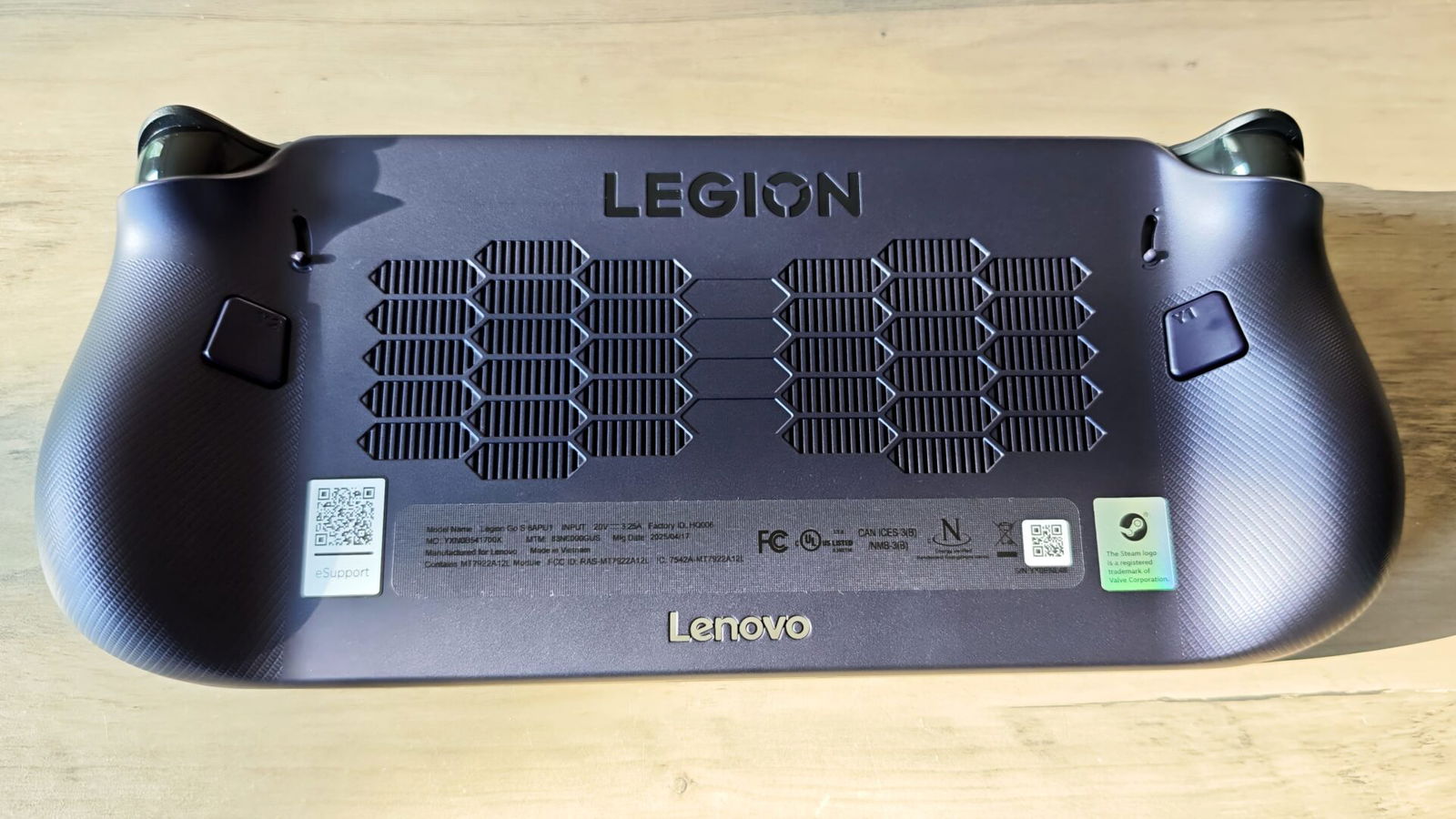
The SteamOS experience, along with performance, is perhaps the best improvement over its Windows 11 counterpart. Handheld PCs should be dedicated to the gaming experience. The struggle with traditional Windows 11 handhelds is that they still try to have their cake and eat it too. The SteamOS edition of the Lenovo Legion Go S knows exactly what it is and who it is for, which makes all the difference for a portable, “on-the-go” type of hardware.
The Lenovo Legion Go S SteamOS is the best version of the Legion Go S. While there is a small sacrifice in the form of game selection tied to Steam, the benefits of leveraging the refined SteamOS experience are well worth that trade-off. If you’re looking for a portable handheld PC experience, the Legion Go S is on your radar. I cannot recommend choosing the Lenovo Legion Go S SteamOS enough. Priced at $599.99, it is the best version Lenovo has to offer.
- ALL GAMES, ALL PLACES, ALL YOURS – Get ready to game on the 8″ 120Hz Lenovo PureSight display and launch any title using Legion Space. The AMD Ryzen Z2 Go processor and AMD Radeon graphics deliver incredible gaming performance.
- SEE EVERY DETAIL – Make every scene pop with 500 nits of stunning brightness and 100% sRGB color accuracy. And with 10-point touch support, your interactions are as precise as your aim.
